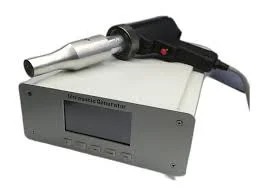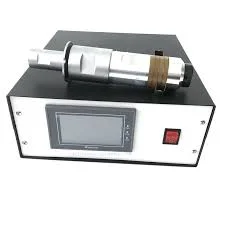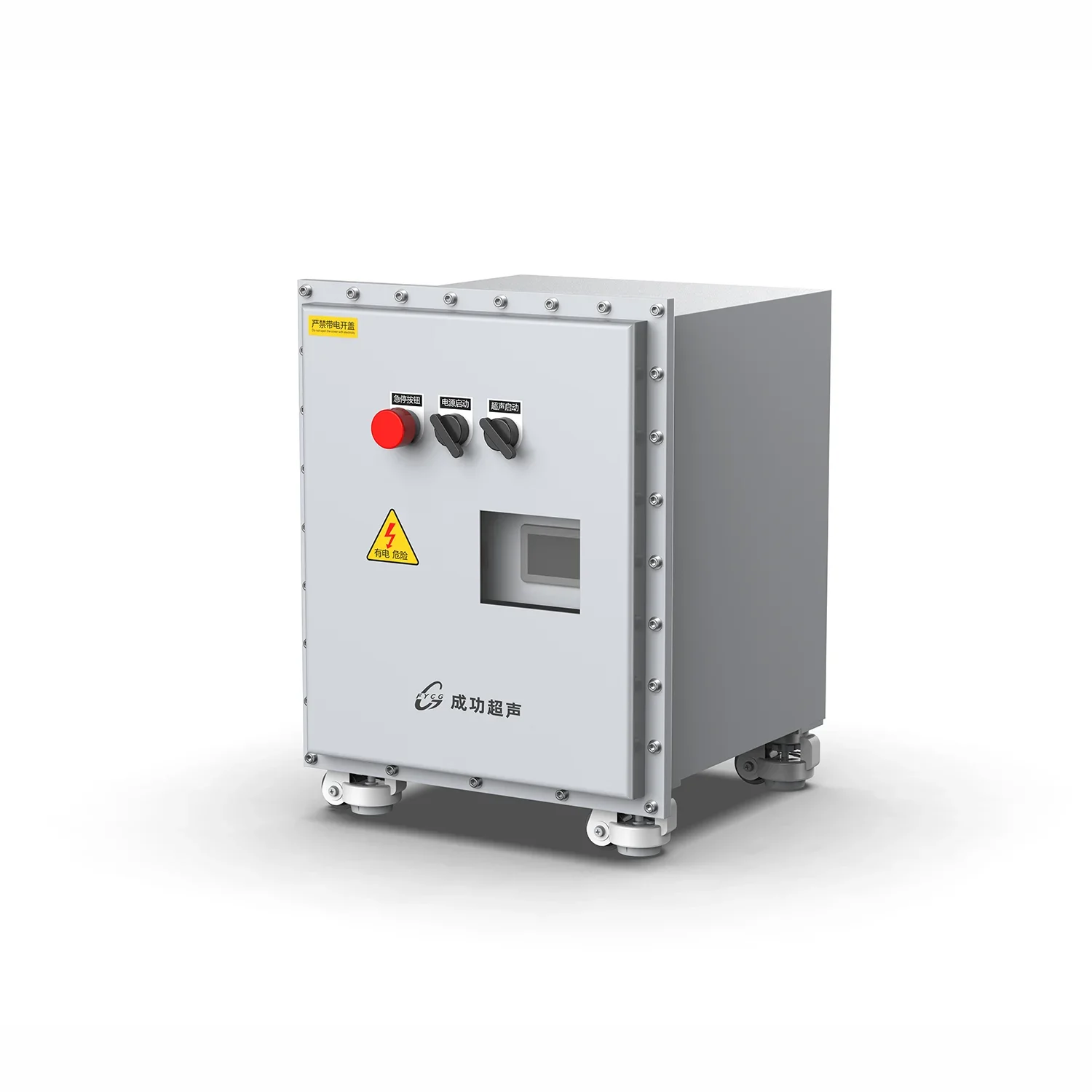Ultrasonic cleaning has revolutionized the way industries approach cleaning processes, offering an efficient and environmentally friendly solution. At the heart of this technology lies the ultrasonic generator, a key component that drives the ultrasonic transducer to produce sound waves beyond the range of human hearing. Among various frequencies used in ultrasonic cleaning, the 20 kHz frequency is particularly popular due to its effectiveness in tackling tough cleaning jobs. This article delves into the applications of 20 kHz ultrasonic generators in industrial cleaning, highlighting their benefits and practical uses across various sectors.
Understanding Ultrasonic Cleaning Technology
The Basics of Ultrasonic Cleaning
Ultrasonic cleaning involves the use of high-frequency sound waves to agitate a fluid, creating cavitation bubbles. These bubbles form and collapse rapidly, producing a high-energy jet that dislodges contaminants from surfaces. The process is highly effective for cleaning intricate parts and hard-to-reach areas, making it ideal for industries that require precision cleaning.
Role of the Ultrasonic Generator
The ultrasonic generator is responsible for converting electrical energy into high-frequency sound waves. It powers the transducer, which then produces ultrasonic waves that create cavitation in the cleaning solution. At 20 kHz, these generators produce relatively large cavitation bubbles, delivering powerful cleaning action suitable for removing heavy dirt, grease, and contaminants from industrial components.

Industrial Applications of 20 kHz Ultrasonic Generators
Automotive Industry
Engine Component Cleaning
In the automotive industry, cleanliness is crucial for the optimal performance of engine components. Ultrasonic cleaning at 20 kHz is used to remove carbon deposits, grease, and other residues from pistons, cylinders, and carburetors. This frequency is particularly effective in breaking down stubborn contaminants, ensuring engine parts are thoroughly cleaned and extending their lifespan.
Transmission and Gearbox Cleaning
Transmission and gearbox components require meticulous cleaning to maintain their functionality. Ultrasonic cleaning ensures that all parts, including those with complex geometries, are free from debris and oil residues. The 20 kHz frequency is effective in cleaning large and heavy components, making it a preferred choice in automotive maintenance and manufacturing.
Aerospace Industry
Precision Parts Cleaning
The aerospace industry demands high precision and cleanliness standards for components such as turbine blades, fuel injectors, and landing gear parts. Ultrasonic generators operating at 20 kHz provide the power needed to remove tough contaminants like hydraulic fluids and carbon buildup without damaging sensitive surfaces.
Composite Material Cleaning
Cleaning composite materials used in aircraft construction is challenging due to their delicate nature. Ultrasonic cleaning provides a non-abrasive method to remove contaminants, ensuring the integrity of the composite materials. The 20 kHz frequency is particularly suited for applications where robust cleaning is needed without causing material degradation.
Medical Device Manufacturing
Surgical Instrument Cleaning
In the medical field, the sterility of surgical instruments is paramount. Ultrasonic cleaning ensures that all contaminants, including blood, tissue, and biological debris, are effectively removed. The 20 kHz frequency provides the power to clean even the most intricately designed instruments, ensuring they meet stringent hygiene standards.
Implant and Prosthetic Cleaning
Medical implants and prosthetics require thorough cleaning to remove residues from manufacturing processes. Ultrasonic cleaning at 20 kHz ensures that these devices are free from contaminants that could compromise their performance or lead to infections.
Electronics Industry
Printed Circuit Board (PCB) Cleaning
In electronics manufacturing, cleanliness is critical to prevent malfunctions caused by contaminants. Ultrasonic cleaning is used to remove flux residues, dust, and other particles from PCBs. The 20 kHz frequency provides efficient cleaning action, ensuring electronic components function reliably.
Semiconductor Cleaning
The semiconductor industry requires ultra-clean surfaces for optimal performance. Ultrasonic cleaning effectively removes microscopic particles and residues from semiconductor wafers and components, ensuring high-quality production standards.
Heavy Machinery and Industrial Equipment
Oil and Grease Removal
Heavy machinery and industrial equipment often accumulate oil, grease, and other contaminants during operation. Ultrasonic cleaning at 20 kHz is used to remove these substances, ensuring equipment runs smoothly and efficiently. This process helps reduce maintenance costs and extend the lifespan of industrial machinery.
Rust and Scale Removal
Ultrasonic cleaning is also effective in removing rust and scale from metal surfaces. The powerful cavitation action at 20 kHz helps break down and remove these stubborn deposits, restoring the metal’s original surface condition.

Advantages of 20 kHz Ultrasonic Cleaning
Enhanced Cleaning Efficiency
The 20 kHz frequency provides strong cavitation action, making it highly effective for removing tough contaminants. This results in shorter cleaning cycles and improved productivity in industrial settings.
Versatility Across Industries
The ability to clean a wide range of materials, from metals to composites, makes 20 kHz ultrasonic generators versatile tools applicable across various industries, including automotive, aerospace, medical, and electronics.
Environmental Benefits
Ultrasonic cleaning reduces the need for harsh chemicals, making it an environmentally friendly cleaning method. The process uses water-based solutions that are less harmful to the environment and safer for workers.
Non-Destructive Cleaning
The non-abrasive nature of ultrasonic cleaning ensures that delicate and precision parts are cleaned without damage, preserving the integrity and functionality of components.
Cost-Effectiveness
By reducing the need for manual labor and minimizing the use of expensive cleaning agents, ultrasonic cleaning provides a cost-effective solution for industrial cleaning needs.

Conclusion
The application of 20 kHz ultrasonic generators in industrial cleaning has proven to be a game-changer for numerous industries. Its ability to deliver powerful, efficient, and environmentally friendly cleaning solutions makes it an invaluable tool in today's industrial landscape. As technology continues to advance, the role of ultrasonic cleaning is set to expand, offering even more innovative solutions to meet the evolving demands of industrial cleaning. Whether it's removing stubborn contaminants from engine parts or ensuring the sterility of medical devices, 20 kHz ultrasonic cleaning stands at the forefront of modern cleaning technology.
